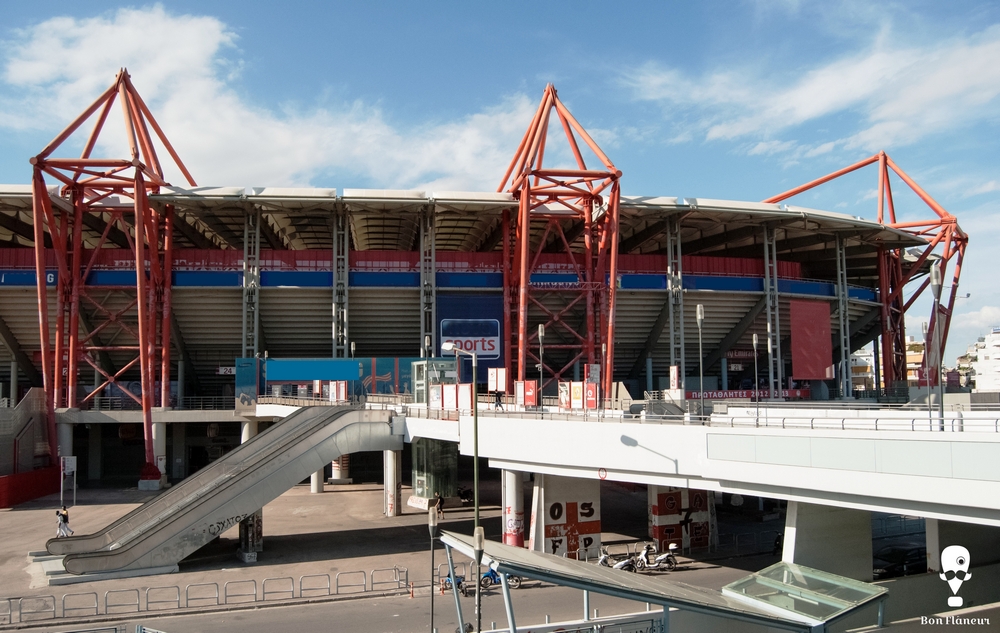Georgios Karaiskakis Stadium
Georgios Karaiskakis Stadium hosted football matches at the Athens Olympic Games in 2004 and today hosts a well-known football team.
Location
Timeline
Modern and Contemporary era (1821 - )
1956 The construction of the initial stadium was completed.
1964 Reconstructed.
2002 After the old one was demolished, the construction of the new stadium began. It was completed shortly before the 2004 Olympics.






Share